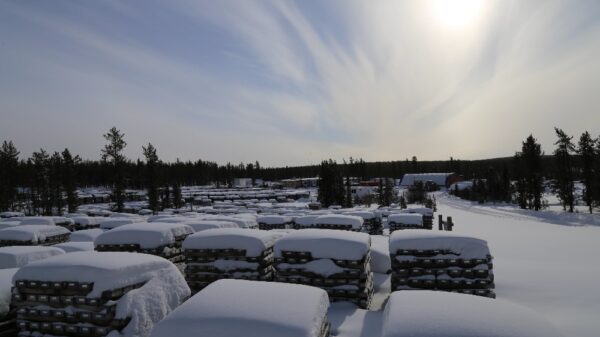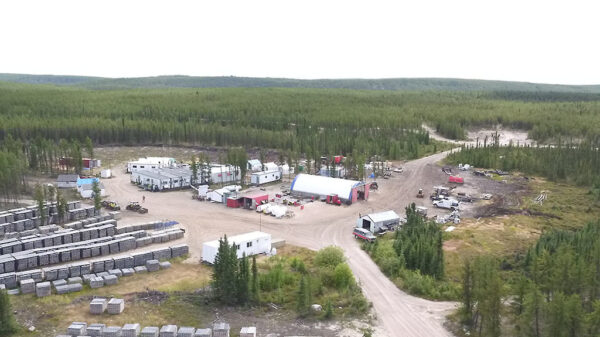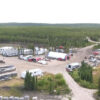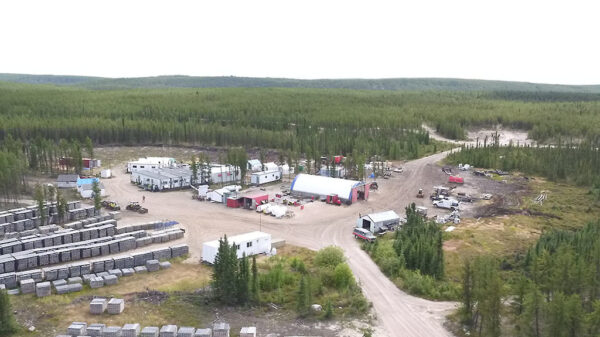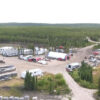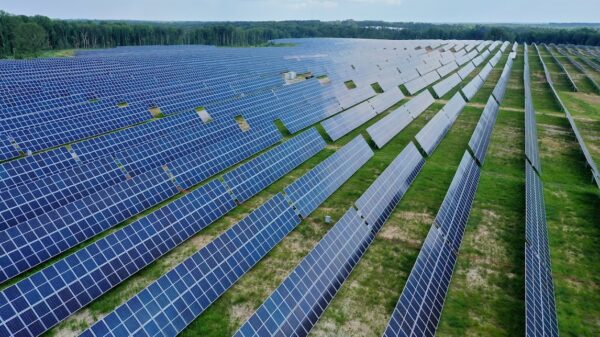Denison Mines (TSE: DML) (NYSE American: DNN) has reached a critical milestone with the approval of its Provincial Environmental Assessment (EA) for the Wheeler River Project in Saskatchewan. The approval, granted under Saskatchewan’s Environmental Assessment Act, clears a key regulatory hurdle for the company’s planned In-Situ Recovery (ISR) uranium mine at the Phoenix deposit.
The EA approval positions Denison to begin construction, pending two additional regulatory steps: the Provincial Pollutant Control Facility Permit and final Federal approvals. The Federal process includes Canadian Nuclear Safety Commission (CNSC) public hearings set for October and December 2025. These will address the Federal EA and the license to prepare the site and construct the facility.
Denison pursued a dual-track strategy to harmonize the Provincial and Federal EA processes. In late 2024, it submitted its final Provincial EA after successfully passing several Federal milestones. Furthermore, these included the CNSC’s technical review phase and acceptance of Denison’s final Environmental Impact Statement (EIS). As a result, the two EA processes are closely aligned, and Denison does not expect further revisions for conformance.
Saskatchewan Premier Scott Moe welcomed the news, reinforcing the province’s status as a global leader in uranium production and sustainable mining.
“Saskatchewan is the world’s second-largest uranium producer,” Moe said. “This project enhances our world-class energy sector while creating new jobs and opportunities in northern communities.”
The Wheeler River Project is poised to become Canada’s first ISR uranium mine. ISR technology allows operators to recover uranium from underground ore bodies by circulating a solution through injection and recovery wells. This method significantly reduces surface disturbance compared to traditional open-pit or underground mining.
Read more: Denison Mines extends high-grade uranium at Gryphon
Read more: Denison Mines announces joint exploration venture with Cosa Resources
The PEA projects 37.4 million pounds of U3O8
In addition to Wheeler River, Denison is advancing ISR potential at other high-grade deposits. The company recently released a Preliminary Economic Assessment (PEA) for the Midwest Main deposit, which it co-owns with Orano Canada. The PEA projects production of 37.4 million pounds of U₃O₈ over six years. Denison further estimates its share of the initial capital investment at CAD$64 million.
The Midwest Main project’s economics are also compelling. The after-tax Net Present Value (NPV) stands at CAD$965 million, with an Internal Rate of Return (IRR) of 82.7 per cent. These figures point to strong profitability and low operating costs. Accordingly, Denison continues to position itself as a leader in ISR mining for high-grade uranium in the Athabasca Basin.
Furthermore, these developments may significantly enhance Denison’s market position and investor appeal. As global demand for uranium rises in response to decarbonization goals and growing interest in nuclear energy, ISR projects like Wheeler River and Midwest Main offer a lower-cost, lower-impact path to supply growth.
Additionally, Denison’s ISR strategy aligns with Canada’s ambitions to become a clean energy superpower. With proven resources, strong regulatory oversight, and local community engagement, the company’s projects could become a blueprint for future uranium development in the region.
The next few months will be pivotal. While the Provincial EA approval is a major success, Denison still needs Federal authorization to break ground. However, with the CNSC hearings on the horizon and a coordinated regulatory approach in place, Denison appears well-positioned to secure final approvals.
.





